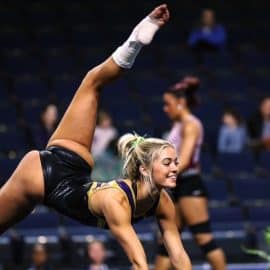In a landmark decision impacting college sports, the NCAA’s “year in residency” rule has been thrust into the legal spotlight. The rule, long a subject of debate, requires college athletes transferring a second time to sit out a year before competing after transferring schools. This article delves into the recent lawsuit and its implications in simple terms, touching on key aspects like antitrust laws, college athlete rights, and the evolving landscape of NCAA regulations.
Judge Rules Against NCAA Temporarily
The NCAA recently faced a legal challenge spearheaded by Ohio and joined by six other states – Colorado, Illinois, New York, North Carolina, Tennessee, and West Virginia. The crux of the lawsuit? A claim that the NCAA’s transfer rule, which forces athletes to wait a year before competing after transferring, violates antitrust laws.
At the heart of this legal battle is the contention that the NCAA’s rule unfairly restrains athletes’ abilities to market their skills and control their educational journey. Critics argue that the rule places unnecessary hurdles in the path of student-athletes, impacting their careers and educational choices.
A federal judge recently issued a temporary restraining order against the NCAA. This order, lasting 14 days, suspends the contested rule, allowing athletes who’ve transferred a second time to immediately return to competition. This decision marks a temporary win for those opposing the NCAA’s stance.
This case taps into broader discussions about the rights of college athletes and the power dynamics in college sports. The NCAA, often criticized for its rigid rules, faces increasing pressure to adapt and reconsider its policies. The lawsuit and the temporary restraining order highlight a growing trend of judicial scrutiny and opposition to NCAA regulations.
More Rights For Student-Athletes to Follow?
The lawsuit against the NCAA’s transfer rule represents a reflection of the changing attitudes towards college athlete rights and the business of college sports. As the debate continues and the legal proceedings unfold, the future of NCAA policies hangs in the balance.
This case could be a catalyst for significant reform in the world of college athletics, signaling a shift towards greater fairness and autonomy for student-athletes.
Add The Sports Daily to your Google News Feed!







